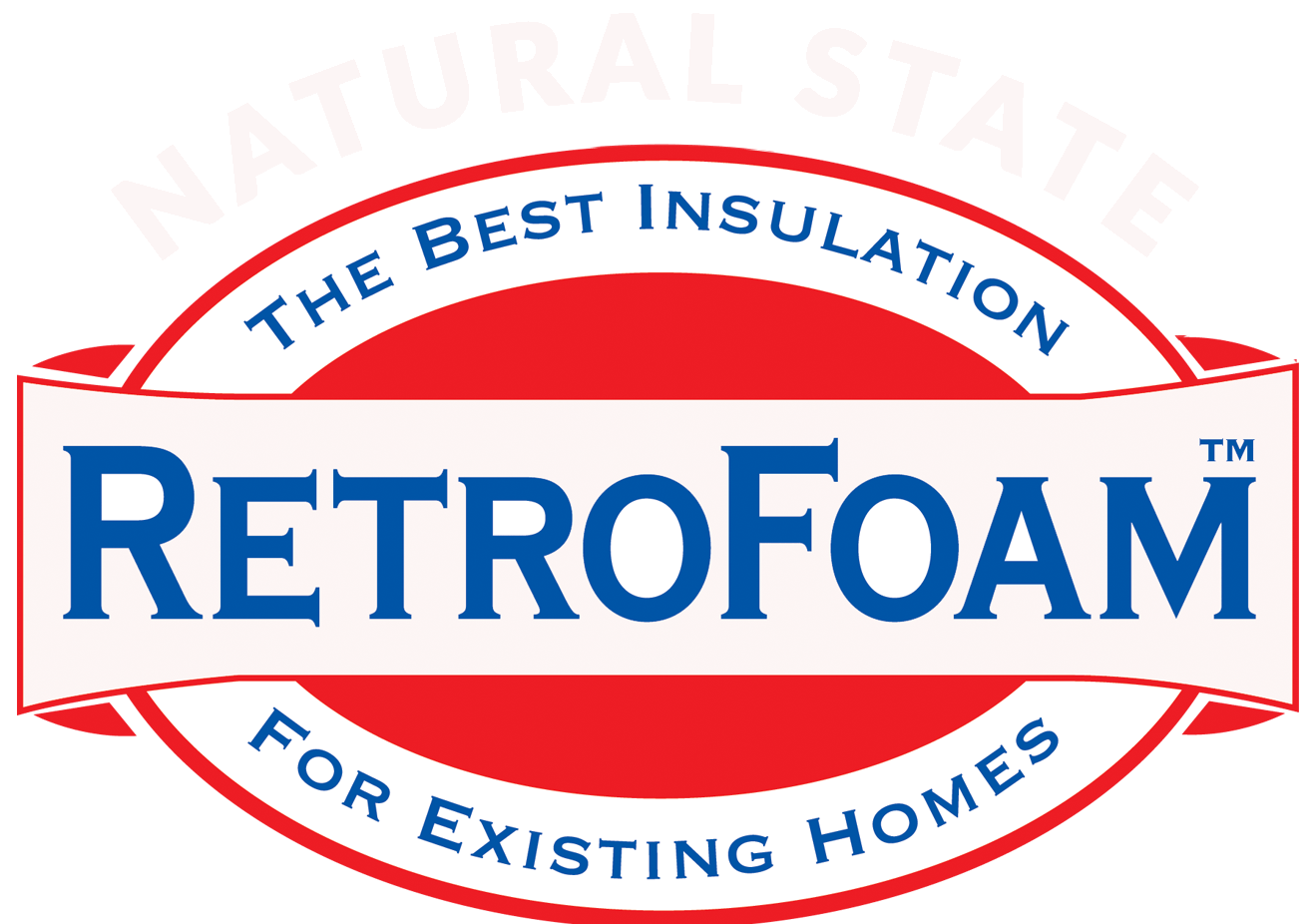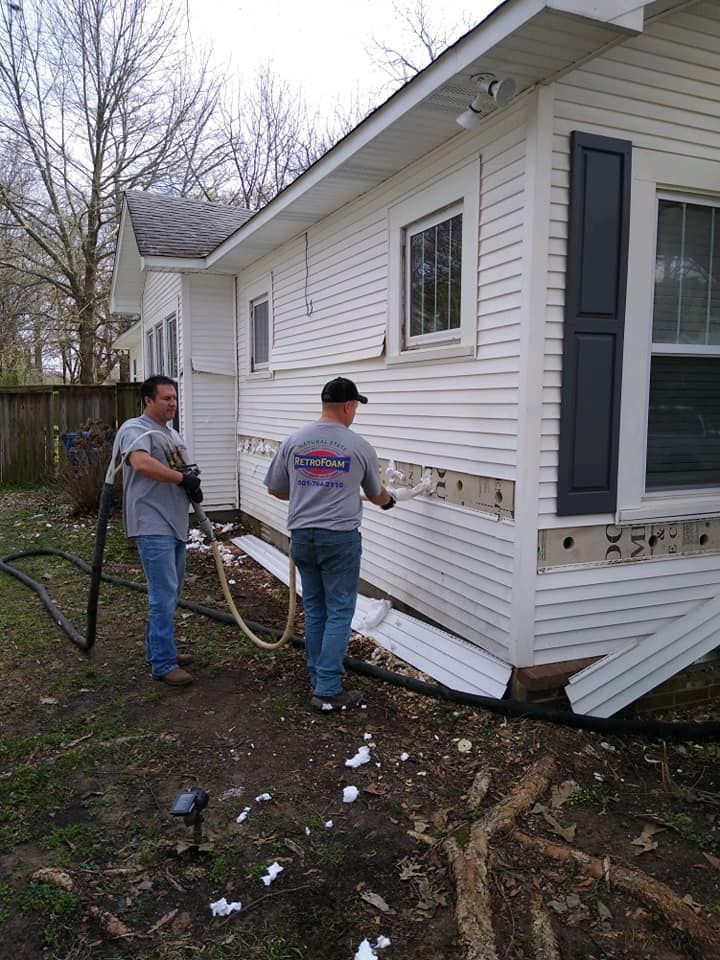Blown-In Insulation Services
Looking for a cost-effective way to insulate
your attic? Blown-in attic insulation comes in cellulose or fiberglass. Both materials have comparable R-values, but blown-in materials provides a protective thermal blanket in your attic.There are many benefits to using blown-in insulation for your attic over alternative methods.
Attic
For attics we like to insulate the sheet rock side of attic, if at all possible, on a one-story house. Meaning that if there is existing insulation, we need to extract it so we can reinsulate it with foam insulation. For attic walls of upstairs rooms, we can spray foam on the wall of the upstairs from the attic side usually. We may have to cut a hole for access on occasion. We can insulate a roof deck if requested, but you do not want to block off air flow if the attic and AC unit is designed to draw fresh air into the system through the attic ventilation. Only benefit to spraying a roof deck is to keep out any heat source from the attic, and if vented you will want adequate insulation on the sheet rock during the winter to keep the heat in the house.
Option 1 is the cheapest but least effective against foam which is Blow in loose fill fiberglass. On average fiberglass is about 50% as efficient as foam but sometimes it fits the budget and it is better than nothing. In Arkansas the recommended depth of loose fill insulation in an attic is 12-14 inches thick, if this is not the thickness you have then you need more per code or explore air sealing options with foam.
Option 2 is spray foam the ceiling of the home or what we refer to as the floor of the attic. The process to achieve this is to extract any infested loose fill insulation and once all removed replace it with a spray foam application open or closed depending on structure. This is the preferred method for a retrofitted attic that the customer does not want to re-work the home's HVAC system. By insulating the attic floor you are not blocking off any air flow in the attic therefore allowing the designed air changes per hour in the attic from original construction of home to remain the same. You get the air sealing benefits of sealing up all ceiling penetrations and the superior R-factor of foam.
Option 3 is attic encapsulation, this process is when you completely seal from the top of the roof spraying foam directly on the roof decking all the way from the peek to the top plate of the wall allowing no air flow in or out of the attic. When this application is applied it is very important to have a proper J-load performed from a qualified HVAC contractor to determine the proper amount of fresh air to be brought in to the structure to allow for proper air changes per hour. While this is considered to the most energy efficient option there is a lot of building science to consider. This method is typically used in new construction but can be applied to retrofit jobs.
Benefits to adding blown-in insulation to your attic include:
Energy Savings
The tiny particulates that make up blown-in insulation are ver efficient locking in cooler indoor attic temperatures in summer & preventing heated & cooled air from leaking out by sealing the smallest cracks & crevices in your attic.
Fire Protection
Cellulose & fiberglass reduce the risk of fire by creating an airtight seal, which keeps air from flowing through small spaces into a fire and stoking the flames.
Ease of Installation
Installation of blown-in insulation can be completed in a couple hours. Once our team of professionals is finished, the insulation creates a seamless, protective covering across wooden crossbeams, electrical wiring, & plumbing pipes.
Sound Dampening Benefits
The tight seal in your attic not only creates an effective insulation barrier, but also helps to mute the noise across adjacent rooms, as well as reduce noise from the outdoors.
Reduction of Condensation
The airtight seals created by blown-in insulation can also help reduce indoor moisture created by condensation. this will also help reduce the spread of mold, mildew, & bacteria in your attic.
Higher-Efficiency Compared to Fiberglass Batting
Studies have shown that blown-in home insulation materials can be over 20% more efficeint than fiberglass batting at the same R-Value. This is due to the flexibility that comes with a blown-in product when copared to a rigid solution.





